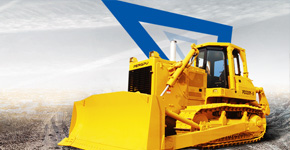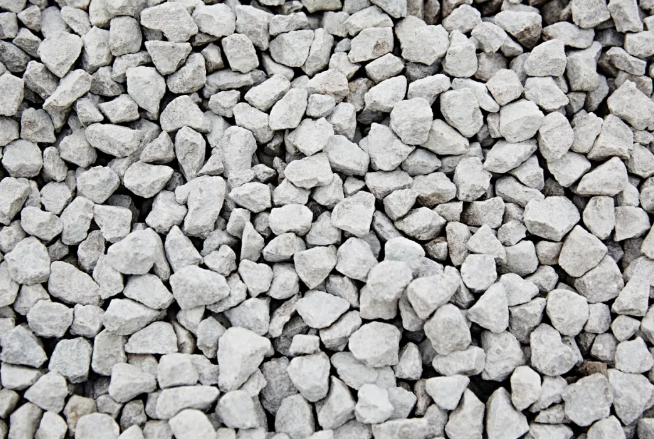- Home
- About Us
-
News
Group adhere to the "cooperation to create wealth, innovation and development" business philosophy, and strive to create a harmonious atmosphere for the community, for the enterprise, for employees to take the road of sustainable developmen...
-
Product
- ZEGA integrated drilling rig
- ZEGA underground boring trolley
- ZEGA small integrated surface drilling rig
- ZEGA full hydraulic hammer drill
- ZEGA water well drilling rig
- Spare parts and accessories
- Anchor drilling rig series
- FY water well drilling car series.
- KQZ water well drill series
- ZEGA split surface drilling rig
- Water well special screw air compressor
- Fog cannon machine
- Wheel washer
- Screw air compressor
- Black gold drill drill tool series
- Generator set
To high-grade, high quality, high quality service, and actively explore the market force
-
Services
The company adheres to the core values of "user needs, our pursuit" and adheres to the company vision of "adhering to innovative concepts, integrating high-quality resources, pursuing customer satisfaction, advocating teamwork, buildin...
- case
- Guestbook
- Contact Us







 Company News
Company News








